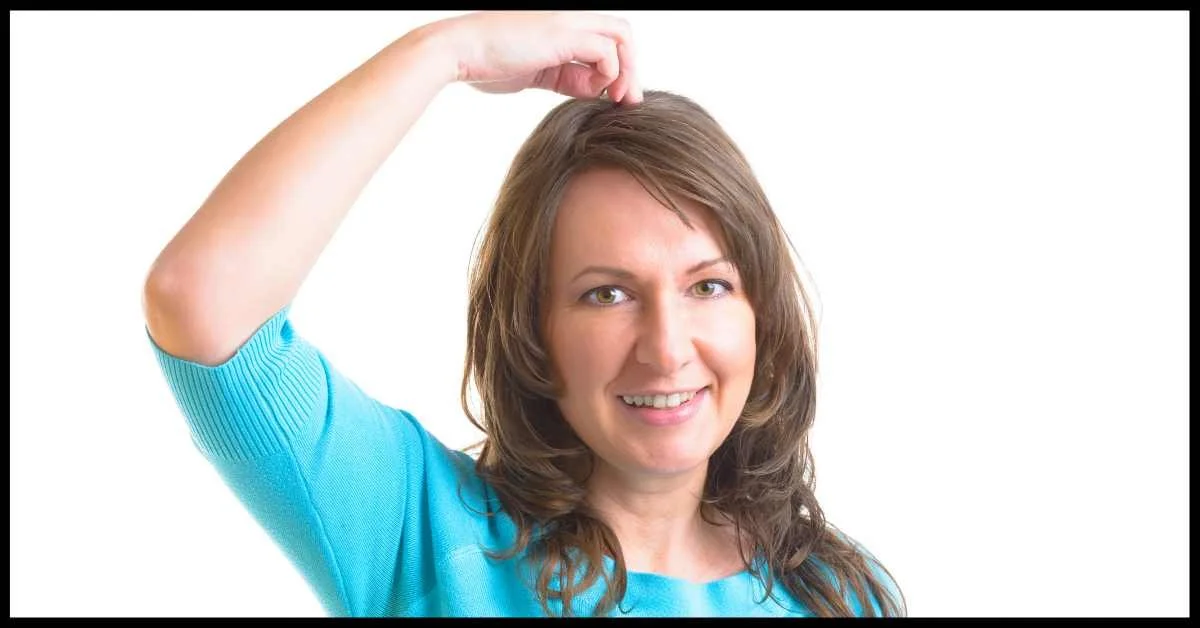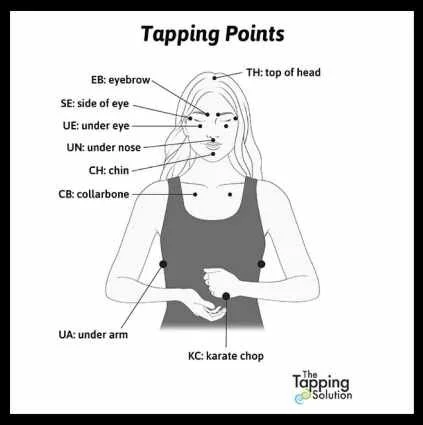Unwind and De-Stress with the Tapping Relaxation Technique
I've recently had a reminder of what it was like to receive my diagnosis. My husband was told that he needed a major operation. It sent me into a complete meltdown and the fear almost paralysed me. I'm sure that most of you can relate to that feeling. I need to support him, so I had to find a quick way to deal with it.
Luckily, I have a good friend who is an expert in a rather unconventional way to treat stress and anxiety. It's called the Emotional Freedom Technique (EFT), or, as it's more commonly known, Tapping.
I've found it really helpful in reducing my anxiety, and I'd like to share it with you.
What is Tapping?
Picture this: you're feeling overwhelmed, your heart is pounding, and stress is taking over. Now, imagine gently tapping on specific points on your body while talking to yourself. It sounds pretty strange, doesn't it? But trust me, it works wonders and there is a fair amount of research for it out there.
Tapping is a simple but effective technique that combines ancient Chinese acupressure with modern psychology. By tapping on specific points and repeating phrases specific to your issue, you're essentially sending calming signals to your brain, helping to regulate emotions and reduce stress.
Where to Tap?
There are nine key points on your body to tap, and they're really easy to remember. You can pick either side or swap from one side to another, whatever is more convenient for you.
Karate Chop Point (KC): On the fleshy outer edge of your hand, between your little finger and your wrist. This is where you begin.
Top of the Head (TH): Right on the crown, where your hair parting starts.
Eyebrow (EB): At the start of your eyebrow, near the bridge of your nose.
Side of the Eye (SE): Just beside the outer corner of your eye.
Under the Eye (UE): On the bone just beneath your eye, along your eye socket.
Under the Nose (UN): Right between your nose and upper lip on the Cupid's bow.
Chin Point (CP): In the little groove between your lower lip and chin.
Collarbone Point (CB): Just below your collarbone, about an inch from the centre.
Under the Arm (UA): About four inches below your armpit, level with your nipple, on the side of your body.
Before you start Tapping, rate the intensity of the problem emotion out of 10. This helps you to gauge how effective it has been at the end.
(Downloaded from https://www.thetappingsolution.com/tapping-101/)
What to Say?
The magic of Tapping doesn't just lie in the physical act but also in the words you say. While tapping, you need to acknowledge the problem you're facing and express self-acceptance. For example, if you're feeling anxious, you might say:
'Even though I feel anxious, I deeply and completely accept myself.’
Repeat that twice while you tap on the Karate Chop point.
Then as you go through the other tapping points, you might say
Top of the head: 'I'm so anxious about [whatever the problem is].’
Eyebrow point: 'All this anxiety about [your problem].’
Side of the eye: 'So much anxiety.’
Under the eye: 'I don't feel safe.’
Under the nose: 'I just can't relax.’
Crease of the chin: 'I just can't let go of the anxiety.’
Collarbone: 'The anxiety keeps me safe.’
Under the arm: 'Part of me needs this anxiety to cope.’
Don't get too hung up on the exact words. As long as you focus on your problem, it will work. The more specific you can get about your problem, the better.
Do the rounds about 3 times, then rate the intensity out of 10 again. You want to get it down to a 2 or 3. If it's still higher than that, do a few more rounds until it's dropped to a manageable level.
Once you've done that, you can start tapping on some positives. Repeat your original setup phrase on the Karate Chop point. Then use these phrases or something similar as you tap through the same points as you did before
'Although I'm feeling anxious about [your problem], I choose to relax now.'
'I'm choosing serenity and peace now.'
'I'm letting my body know that it's safe now.'
'It's OK to release this anxiety.’
'I free every cell in my body of this anxiety.’
'I am grateful to my body for keeping me safe, but this anxiety doesn't serve me any more.’
'I choose to let it go now and relax.’
'It's safe to let this anxiety about [your problem] go.’
Feel free to adjust the wording to fit your specific situation. It's about acknowledging your feelings and offering yourself kindness.
Very often, the positives will help you break through if you're struggling with the first rounds.
What can you use EFT for?
EFT is very versatile. You can use it for a wide range of emotional and physical issues, such as:
Stress and Anxiety: It's a wonderfully easy way to reduce everyday stress and anxiety.
Phobias and Trauma: It can help ease the symptoms of phobias and PTSD.
Pain Management: It's an effective way to relieve physical pain.
Weight Management: It can address emotional eating and cravings.
Improving Self-Esteem: Boost your self-esteem and confidence through regular sessions.
Tapping for Anxiety and Stress: the Clinical Research
Although it sounds so odd, there's a wealth of scientific evidence that shows how effective Tapping is. Many studies have shown its positive impact on reducing anxiety and stress levels.
For example, a 2013 Study on Veterans published in the Journal of Traumatic Stress found that Tapping significantly reduced symptoms of PTSD, including anxiety, in veterans (1).
A 2016 Study on Anxiety and Depression published in The Journal of Nervous and Mental Disease showed that Tapping significantly lowered symptoms of anxiety and depression in a group of individuals (2).
A 2019 Study on Healthcare Professionals, published in Explore: The Journal of Science and Healing, demonstrated that Tapping reduced symptoms of stress in healthcare workers (3).
These studies are just a few of them, but they paint a clear picture: Tapping is more than just a feel-good technique. It's backed by solid scientific evidence.
If you'd like to just follow along with a guide, visit http://www.breakfreewitheft.com. In the shop, there is a Stress & Anxiety Relief Online Mini Course. It's relatively inexpensive but very powerful. It shows you how Tapping works, explains the research, then talks you through a Tapping sequence.
Final Thoughts
Tapping is a powerful tool to have in your stress-busting arsenal. It's easy to learn, doesn't require any special equipment, and the best part? You can do it anywhere, any time.
Try it the next time you're feeling overwhelmed or anxious. Your mind and body will thank you for it!
If Tapping doesn't appeal to you, there are many other stress-busting ideas in my book. You can find all the places that sell it by clicking on the Buy the Book button below.
References
Church, D., Hawk, C., Brooks, A. J., Toukolehto, O., Wren, M., Dinter, I., & Stein, P. (2013). Psychological trauma symptom improvement in veterans using EFT (Emotional Freedom Techniques): A randomized controlled trial. The Journal of Nervous and Mental Disease, 201(2), 153-160.
Geronilla, L., Minewiser, L., Mico, R., & Church, D. (2016). The effect of Emotional Freedom Techniques on stress biochemistry: A randomized controlled trial. Journal of Evidence-Based Integrative Medicine, 21(4), 293-305.
Church D, Brooks AJ. The effect of a brief emotional freedom techniques self-intervention on anxiety, depression, pain, and cravings in health care workers. Integrative Medicine: A Clinician's Journal. 2010;9(5):40-43.


